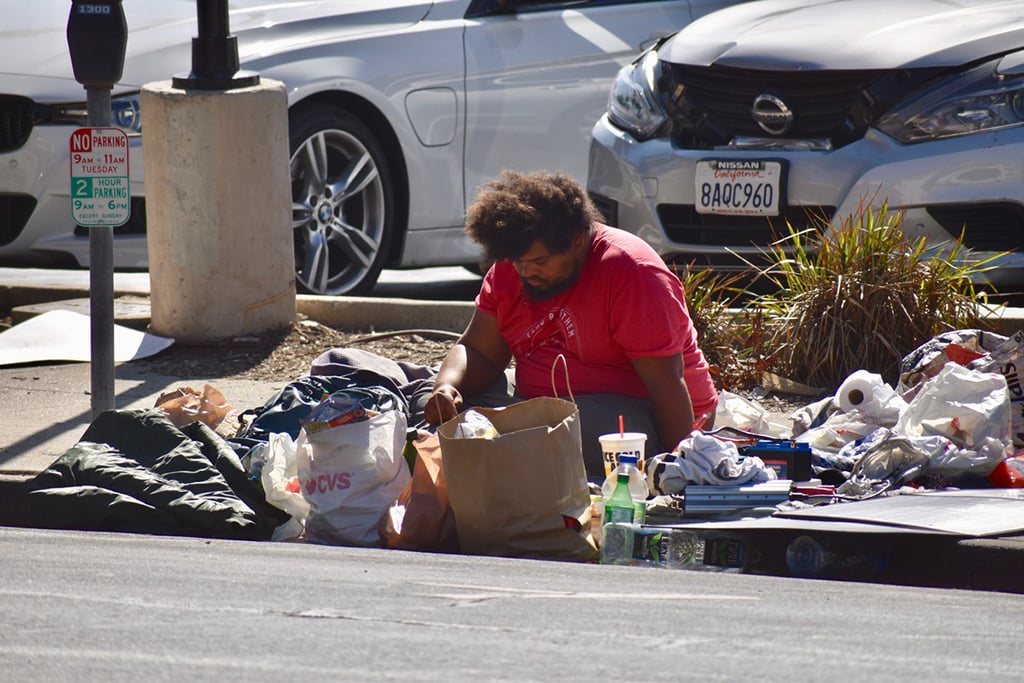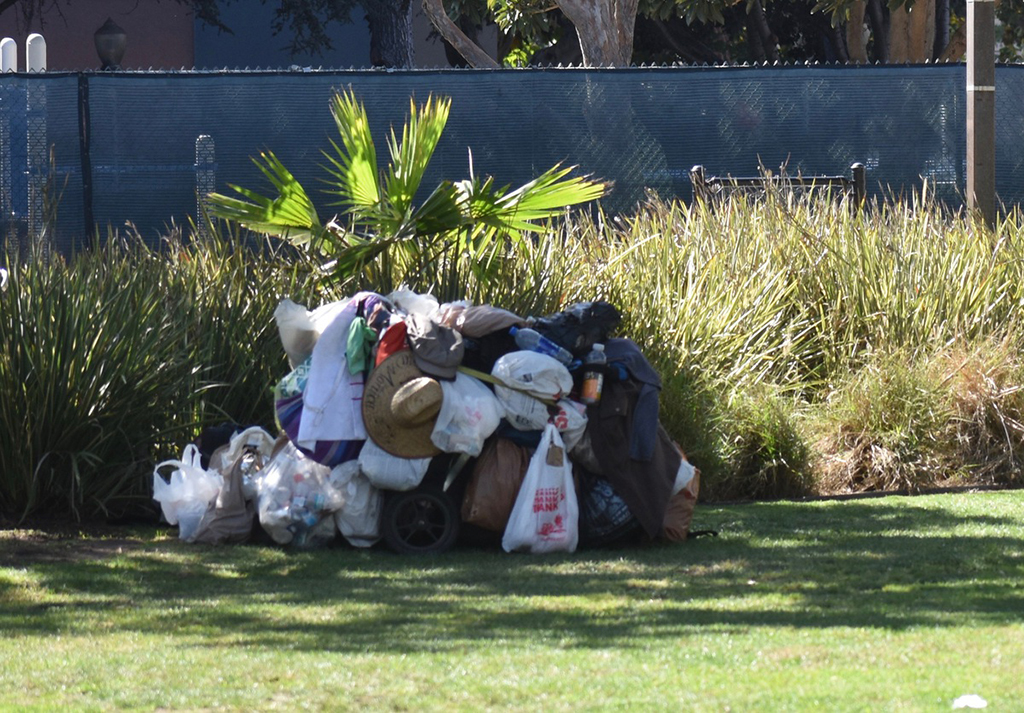Individuals experiencing homelessness, substance abuse or mental health issues make up the majority of people who come in contact with SMPD, but a few days in jail or a misdemeanor citation rarely addresses the problem at hand.
Fed up by watching repeat offenders pile up criminal records, the Santa Monica Police Department and the City Attorney’s office is trying a new approach to break local cycles of incarceration. They are offering qualifying individuals the opportunity to have their criminal filings dismissed in exchange for committing to an individualized 90 day treatment program.
The diversion program is being offered through the County’s Alternatives to Incarceration Initiative. The program is funded by the County and run in partnership with service provider Exodus. Santa Monica is the second location where it is being rolled out.
Through the initiative offenders who self-report experiencing homelessness, substance abuse or mental health issues are introduced to an Exodus community navigator as soon as they are brought to jail. The Exodus representative performs an assessment and identifies the best treatment program for the individual such as a detox program, motel voucher or mental health treatment. If the individual follows their treatment plan for 90 days their charges will not be filed.
“We are asking for a 90 day commitment, so it is not just you leave with Exodus and I don’t file your case, it is you have to meet regularly with your case management worker, you have to do what they have decided is in your best interest to help treat the underlying condition and you have to stay on track,” said Chief Deputy City Attorney Jenna Grigsby.
The program is available to qualifying individuals who commit most misdemeanors and some low level felonies such as theft. According to Grigsby, some of the most common crimes eligible for diversion are camping in public, being in the park after dark, public intoxication, public urination and possession of minor amounts of drugs or paraphernalia.
The program is not open to individuals who commit violent crimes, domestic abuse or vehicle code violations. Registered sex offenders and those with a prior arson or violent offense conviction are also disqualified.
“It’s a really good balance between this social justice movement and reform and diversion as well as public safety,” said Grigsby.
Grigsby said she is especially excited about this program’s potential to generate long-term change in participants’ lives and prove a more effective tool for improving public safety than the current misdemeanor system. Misdemeanors are punishable by a maximum sentence of one year in County Jail and one year on probation, but according to Grigsby this rarely happens in practice.
“One of the biggest problems we have as a misdemeanor prosecutor is it’s very hard to keep someone in custody for the amount of time you’ve sentenced them to on a misdemeanor,” said Grigsby. “The jails are obviously overcrowded and with COVID they want to keep it as safe as possible and that usually means that they don’t want someone there that doesn’t necessarily pose a severe danger to society.”
In many cases the 90 day treatment program will prove a longer commitment than the amount of time the offender would be held in jail. Instead of simply being released after a short amount of time in custody, program participants will work on addressing the underlying issue that led to the law enforcement interaction and hopefully prevent such an interaction from taking place again.
“It’s important to look at some of these alternatives to punishment, so that folks can obviously stay out of jail if they don’t need to be in jail, but also find the best option to help the person to a better path,” said Grigsby.
The Santa Monica Alternatives to Incarceration Initiative began on Sept. 21 and has already seen some promising results.
According to Grigsby, the first program participant was a woman involved in a domestic dispute who agreed to be transported to a sobering center. The last time Grigsby spoke with the participant she was staying sober, had reconnected with her family and was working on the mental health issues that were contributing to her addiction.
Another participant had fallen off of the wagon after a long-period of sobriety and ended up living on the streets. Grigsby was happy to share that this person is currently in the Salvation Army Rehabilitation Center and abiding by his treatment plan.
Clara@smdp.com












